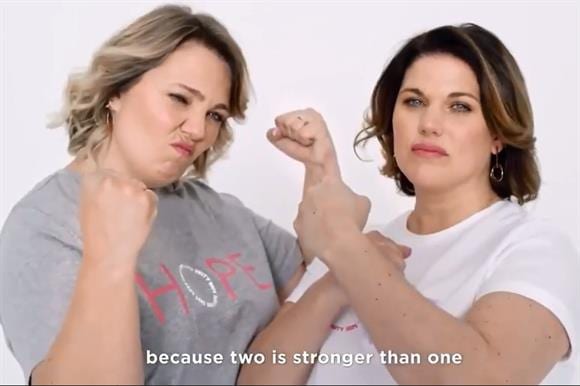With COVID-19 dominating the newscycle, many nonprofits are wondering: Can I still pitch stories to reporters? The short answer is yes. The longer answer is: Yes, but you need to be aware of the current dynamics.
Inside The Newsroom
As people search for more and more COVID-19 related news, reporters are scrambling to find and report on every angle possible. Not all stories are “doom and gloom.” Plenty of feel-good stories to be shared.
Although they’re hard at work, reporters have families too. They’re just as worried about health and finances as you are. Which means: Careful out there. If you send a pitch that can be misconstrued as insensitive, you’re gonna get backlash. Plenty of reporters tweet out screenshots of really bad pitches. I assume that’s gonna happen now even more than usual.
Simply put: Be professional but also be sensitive with the framing in your pitch.
What And How To Pitch
Have a local angle where you’re helping people affected by COVID-19? Are you working to solve a broader issue for the entire community/city as quarantines and lockdowns continue? Then pitch.
Here’s 2 things NOT to pitch:
- Some nonprofits are more directly affected by this pandemic. Organizations like Feeding America, which needs to raise more money now to feed millions of public school children who no longer receive lunch at school. Consider what you have to offer and if there’s no direct tie-in, maybe hold off for now.
- Along those lines, be careful that your pitch doesn’t come off as “taking advantage” of the current situation. Be sincere and show how you’re helping the community.
Your nonprofit is in dire financial straits? Every reporter is seeing that pitch 10 times per day.
Your pitch needs to stand out in their inbox. You need to build a story for them that has a feel-good aspect to it, that is informative and brings your expertise and knowledge to the forefront. Certainly there can be some sort of ask (if the media outlet allows) but that should not be the sole focus of the pitch.
The rules of pitching haven’t changed:
- Review a reporter’s byline of articles and their Twitter timeline.
- See which reporter’s beat has changed, who is covering COVID-19 topics. You want to make sure you’re pitching the right reporter.
- You see an article that’s related to your work? Reach out to the reporter. Let them know they did a great story on topic X and next time they talk about that subject, you are ready and willing to lend a voice to that story.
- Bring something new to the table people in the community may not have thought about. Intrigue the reporter with a new angle!
In short: Know a reporter’s beat and make sure your pitch is a match to that.
Coverage!

Photo by Sam McGhee on Unsplash
A reporter responds positively to your pitch. YES! What should you have ready?
- Know who your spokesperson will be.
- If the reporter wants to interview a service recipient, make sure that person is prepped. (This should be done before you send the pitch. Know in advance who is willing to speak to a reporter.)
- Have pictures/video already prepared.
- Have a field expert on staff? Get them in front of the microphone/camera!
If your story will be featured on TV, it might not be done in the usual fashion. Because of social distancing, any interviews you conduct might be done over Skype.
I have a client who did a TV interview over Skype last week. That meant we had to find a quiet room (much tougher now with kids at home), make sure the phone being used was placed in a stable position and we considered the décor of the room to determine how it would look on TV.
Most important? Tell the honest truth. Don’t blow things out of proportion just to try and raise a few more dollars. People will find out the truth and here comes that backlash again.
Storytelling Opportunity
One thing to consider which negates what I wrote above: The barrage of COVID-19 media coverage could lead to “corona fatigue” and cause people to search for stories to take their mind off of lockdown- especially feel good stories. No tie-in needed. Hopefully your nonprofit has those in abundance.
In either case, connect, make a pitch to reporters and bring attention to the important work your organization is doing.
Hi nonprofit pro! NOW’S the time to be engaging with your donors. Since you might not be able to in person, let’s give your digital communications and marketing a kickstart, so we can give a boost to your bottom line!




